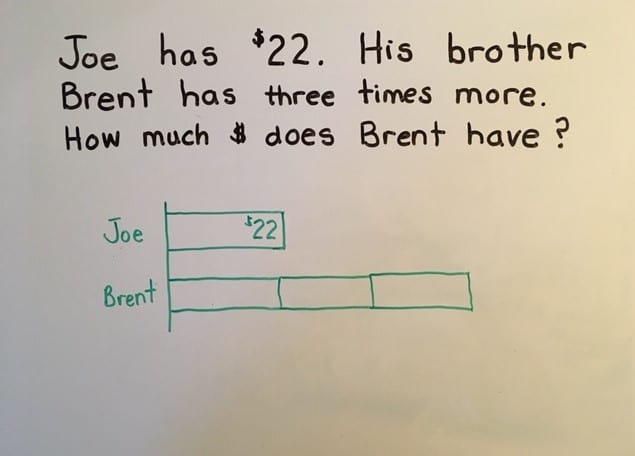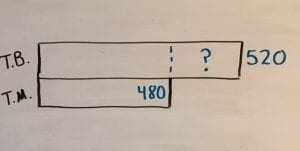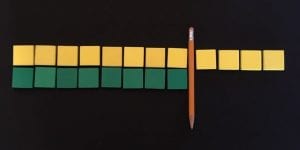by C. Elkins, OK Math and Reading Lady
As I promised, here is a post about another multiplication and division story structure.
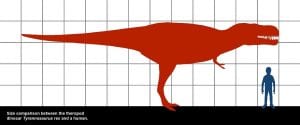
The dinosaur is about twice as tall as the human. The dinosaur is about 12 times wider than the human.
While the previous structure I mentioned dealt with equal groups, this one deals with comparisons. Like with addition / subtraction comparison problems, I will show some ways to use double bars to illustrate these. (I just added a FREEBIE – a 2-pg. pdf showing the pictures of the problems shown below – get it now Equal groups comparison problem pics)
Notice some of the questions associated with these stories. They sound a lot like questions used in other story structures — this is why I advise against statements like, “If it asks how many in all, add the numbers together.” Notice how this method guides a student as they go from pictorial to abstract. You can also represent these types of problems with cubes or money manipulatives if you need a concrete example.
This problem shows a multiplying process.
- Read the problem. Ask who and what this story is about (Joe and Brent – Joe has more $ than Brent). Notice there is no additive or subtractive process, but one has more – the other has less. This is a signal to use comparison bars to help solve.
- Make a vertical line (to help line up the bars evenly on the left side. Draw the bar with the known amount. (Joe has $22.) Label the second bar (Brent).
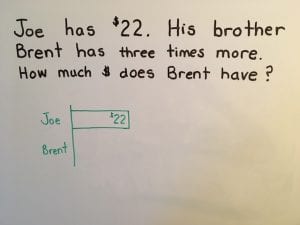
3. Since the story said Brent has 3 time more, draw 3 bars equal to the size of Joe’s bars.
4. Since Joe’s bar is $22 and the bars by Brent’s name are equal in size, all of Brent’s bars should be labeled with $22.
5. To find out how much Brent has, solve by repeated addition or multiplication.
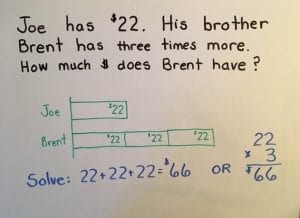
6. IF the question was slightly different (How much do Joe and Brent have all together?), then the above steps would have to be followed by 1 more step (adding the two amounts together).
* If students had been taught earlier to “Add when the question asks How many in all” then the child would likely add $22 + 3 to get their answer. That signals no conceptual understanding of what the problem is all about: One has more, the other has less.
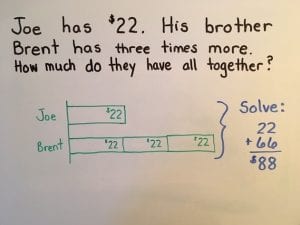
The following example involves the division of a bar to help solve it. Continue reading
